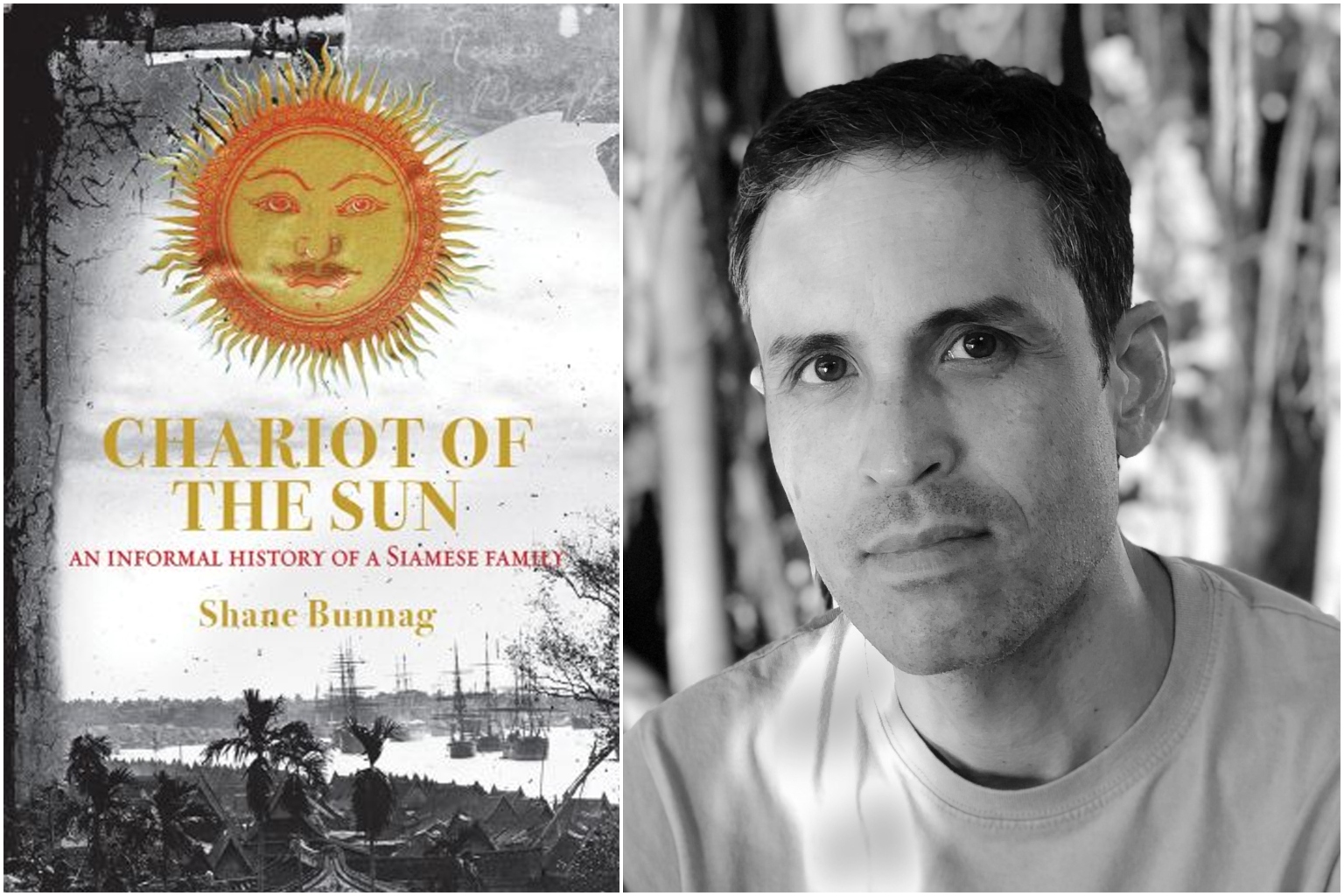Book review: Chariot Of The Sun is a valiant effort to preserve historical memory
Sign up now: Get ST's newsletters delivered to your inbox

Chariot Of The Sun: An Informal History Of A Siamese Family is a valiant exercise at preserving historical memory.
PHOTOS: RIVER BOOKS, SHANE BUNNAG
Follow topic:
Chariot Of The Sun: An Informal History Of A Siamese Family
This is an effort at remembering a family history that is closely connected to national history, except it is not clear why readers should care about the parts that are non-national in scope, which are overly indulgent in detail.
Shane Bunnag, born in Cambridge, England, is a photographer and film-maker of Thai and Irish descent. He traces the story of his family, the Bunnags, who settled in Thailand from Persia in the early 17th century and climbed to the apex of Thai political power.
Through civic-mindedness, cunning and sheer ambition, his ancestors took on outsized roles in the old kingdom of Ayutthaya and later Thailand. They are turned into larger-than-life characters, becoming ministers of war, diplomats and close advisers to kings.
Daughters of Bunnags became consorts, with one outliving three of her daughters and orchestrating their marriages.
The most successful in the family tree, Chuang Bunnag, was regent after the death of Rama IV in 1868, acting as kingmaker and steering Thailand through a time when the British and the French were swallowing whole territories around it. King Rama V referred to him pejoratively as a "crocodile" for his longevity in politics.
Shane Bunnag makes the observation that Thailand - the only South-east Asian country that was not taken over by a foreign power - survived colonisation by self-colonising, describing King Rama VI's Siamese productions of Shakespeare and Gilbert and Sullivan comic operas.
These anecdotes and observations of the Thai monarchy are most interesting to the general reader. It is a shame that they take up only half of the book, with the rest detailing Bunnag's memories of his dad and grandparents as he traverses Bangkok in search of his family's old estates, which have invariably been taken back by the state and turned into schools, run over by highways or, more generally, are in a state of dilapidation.
There is often nothing much left, but Bunnag, in his poetic and photographic style, wants to capture every little detail of material culture in the houses. He makes sentimental comparisons between the decay of the Bunnags' large estates and the decline of his family, which mirrors the fate of the Thai monarchy and many other old political families.
It sometimes comes across as self-engrossed, especially as the author hints that there is continued hatred towards his family members by those who blame them for the injustices of the past, at one point referring to an anonymous e-mail his dad received that threatened to hang him and the rest of his "degenerate kin" from the lampposts of the city.
But Shane Bunnag's book is a valiant exercise at preserving historical memory, even if some of it is not immediately interesting.
If you like this, read: The House Of Medici: Its Rise And Fall by Christopher Hibbert (Penguin Books, 1979, $26.92, buy here, borrow here), which tells of another prominent political family, the Medicis, who had a huge influence on the political, economic and cultural history of High Renaissance Florence.
This article contains affiliate links. If you buy through these links, we may earn a small commission.

